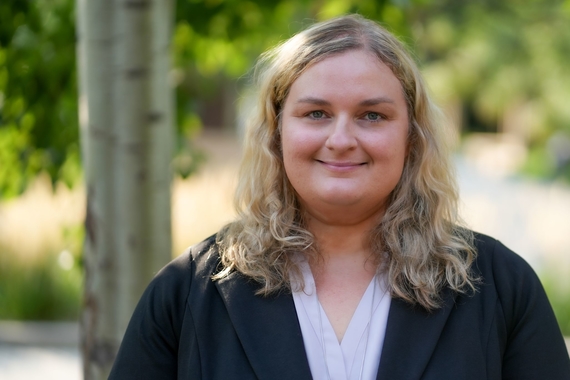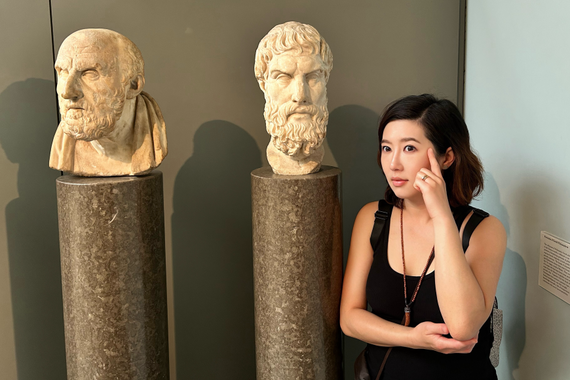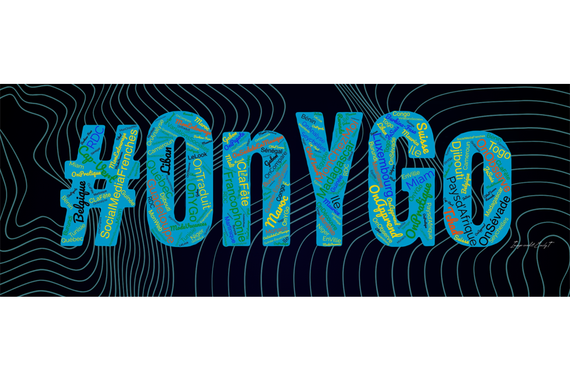Beginning Hebrew: Online with a Personal Touch
Renena Schneller was, like many instructors, conflicted about online language learning. She knew there was demand for a beginning online Hebrew course. However, she had experience with fully asynchronous language learning, and she wasn’t sure that model would work for a beginning class, where students require modeling, individualized feedback and interpersonal communication. She also worried about losing the community of learners, and that she would not find the experience as personally fulfilling as traditional classroom teaching.
Nevertheless, she was inspired by her experience on the Michigan State University (MSU) Less Commonly Taught Language (LCTL) Partnership team where she worked with two colleagues to develop online advanced-level Hebrew courses, and she decided Spring 2020 was the time to take the plunge. When some instructors move their courses online, they work in a collaborative cohort and under the guidance of a lead technologist. In Renana’s case, there was not a development opportunity that fit her timeline, and so she created her own team, working with a variety of experts from the Language Center, LATIS and CARLA.
She decided that her class would be mostly asynchronous, but with weekly synchronous Zoom meetings featuring Breakout Rooms. This model is not widely used in University of Minnesota language instruction, but has been successful at other universities, notably MSU which widely shares online Vietnamese courses through CourseShare. She was an early adopter of the recent Canvas/Zoom integration, which made the meetings and recordings easy for students to find. Renana has found that Zoom Breakout Rooms are an essential tool for student-centered learning, and they help develop the language class as a community.
She did not want the asynchronous elements of her course to feel overly prepared, and to be able to spontaneously respond to student questions. Therefore, she pre-recorded only a few lectures before the first day of class, so that most videos for students were like interactive communications, not canned lectures, and she could easily adjust her teaching plan, just like a traditional classroom instructor. She reserved the Jones Hall Zoom Room throughout the semester as a personal recording studio, and uses a variety of recording methods, including Zoom, Kaltura and Screencast-O-Matic.
The class, HEBR 1001– Beginning Hebrew I, only began January 21, 2020, so it’s too early to assess student learning, but in terms of interest and enrollment, it has far exceeded Renana’s expectations. By the second week of class, there were 22 students enrolled, more than any other Hebrew class, and more than most other LCTL classes at the university. The students are a mix of degree and non-degree seeking students, and include local, regional and Big Ten CourseShare students.
Renana’s approach to online teaching is personal and spontaneous, and she continues to explore technologies and refine her process, as she aims to share Hebrew with a geographically diverse, but interconnected group of students.


